INJECTIONS WITH
NEUROMODULATORS
(BOTOX, NUCIEVA)
Young or old, it is never too early to look your very best
SUMMARY
A neuromodulator, like Botox or Nucieva, is an injectable molecule that temporarily relaxes facial muscles to soften the look of dynamic lines and wrinkles such as frown lines and crow's feet. It treats crow’s feet, frown lines, and forehead lines, but it’s also used in other areas of the face and neck.
WHERE
Physimed MediSpa, Montreal
ANESTHESIA
None
PAIN
Low
LENGTH OF PROCEDURE
20-30 minutes
RECOVERY TIME
No downtime
before & after gallery
Click here to view this before and after
INVASIVENESS
Low
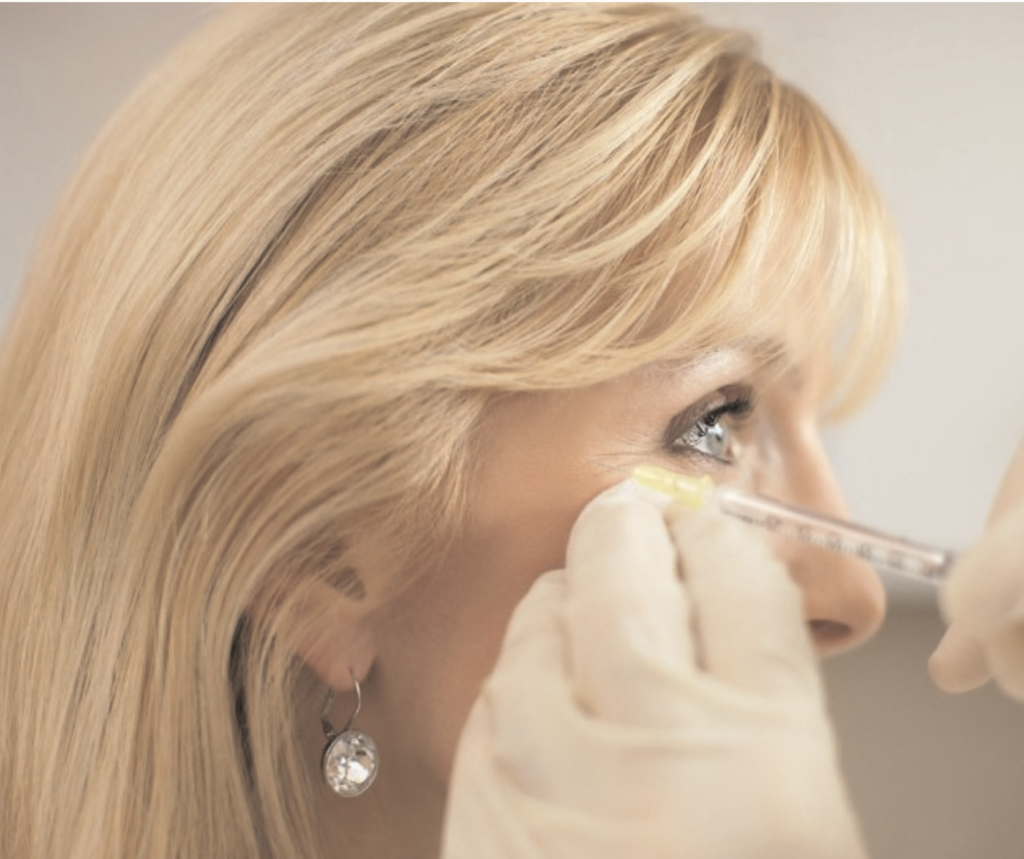
A neuromodulator, like Botox or Nucieva, is an injectable molecule that temporarily relaxes facial muscles to soften the look of dynamic lines and wrinkles. It works by blocking signals from the nerves to the muscles, so the injected muscle cannot contract as forcefully.
Neuromodulators are typically used to treat crow’s feet, frown lines, and forehead lines, but it can also be used in other areas, including the lips, nose, lower face, neck to treat gummy smiles, dimpled chin, bunny lines and downturned smiles.
Neuromodulators treat dynamic wrinkles created by repeated muscle movement (think: crow’s feet and smiling). However, it won’t get rid of static wrinkles caused by other factors, such as age and sun damage, so it’s important to wear sunscreen everyday.
Using neuromodulators can delay the formation of new wrinkles, which is a plus if you’re concerned about wrinkles developing later. For preventive treatment, also known as “baby Botox,” some people begin treatment in their mid-20s to early 30s.

Neuromodulators, like Botox or Nucieva, have to bind to receptors on nerve cells to relax muscles, so its effects aren’t immediate. The results can start to show in as soon as 2-3 days post-procedure. It can take 8-12 days to get the full effect of the weakness of the muscles. Therefore, it is important to wait at least two weeks to evaluate your results.
Results from these treatments are not permanent. You’ll most likely need to return for more injections every 3-4 months to maintain your appearance.
If you decide to stop your neuromodulators injections, the effects will wear off and your muscles will go back to their normal movements.
Before and after
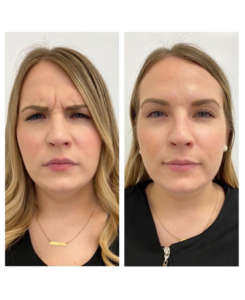
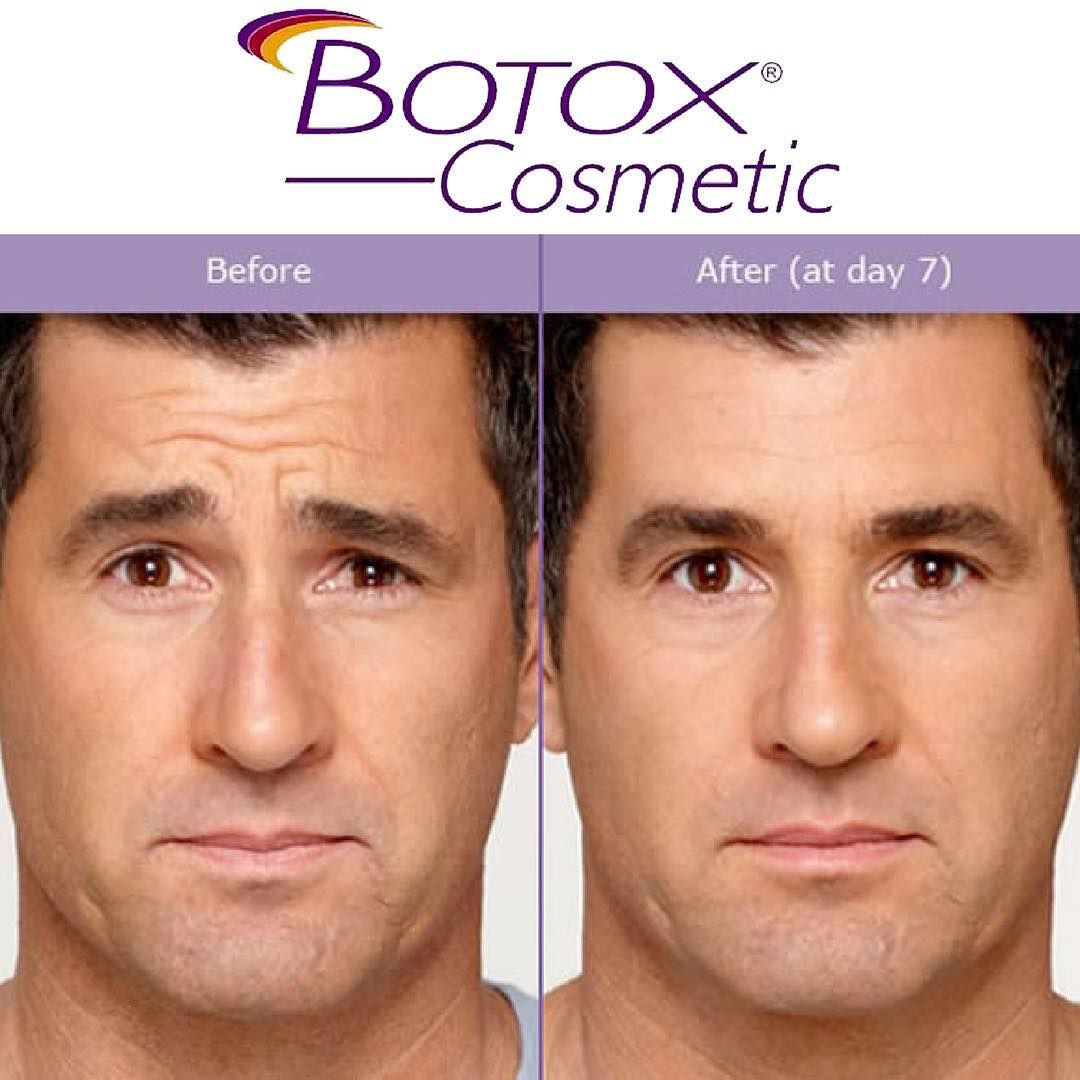
Neuromodulator injections are quick and practically painless. The length of the procedure is generally 10-35 minutes and is determined by the number of areas treated.
Downtime for these treatments is minimal. Nevertheless, we recommend you remain erect, do not rub the treated area, and avoid heavy exercise for the next 4 hours. In rare cases, bruising at the injection site can occur and last up to one week. This can be mitigated by reducing your consumption of blood thinners such as alcohol, anti-inflammatories, like aspirin and ibuprofen, fish oil and vitamin E supplements in the week prior to the procedure.

All adults over the age of 30 who are not pregnant, breastfeeding or considering getting pregnant soon could benefit from the softening effects of neuromodulators.
Neuromodulators are typically used to treat crow’s feet, frown lines, and forehead lines. They can also be used in other areas, including the lips, nose, lower face, neck to treat gummy smiles, dimpled chins, bunny lines and downturned smiles.
Additionally, neuromodulators can treat excessive sweating and grinding of the teeth (bruxism).
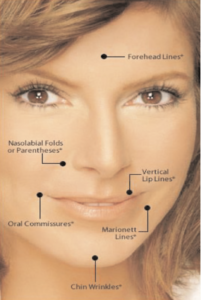
Neuromodulators are considered very safe, with minimal risks and side effects. Complications are very rare, but may include a frozen or uneven look. Even so, the good news is that neuromodulators like Botox and Nucieva results are temporary and will gradually disappear over three to four months.
We use very tiny needles to inject you with neuromodulators like Botox and Nucieva. Most patients don’t even feel them.
Anytime you do injections, there’s a small risk of bruising, which can take up to a week to go away. To avoid this, you can stop consuming anything that thins the blood a week before your appointment. This will minimize your chances of a bruise. Blood thinners include alcohol, anti-inflammatories, like aspirin and ibuprofen, and fish oil and vitamin E supplements.
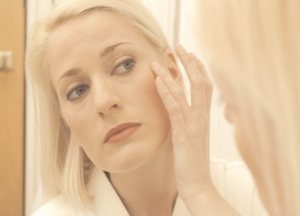
Beyond toxins, you might also consider injectable fillers, such as Juvéderm, Teosyal or Restylane, to help add volume and “fill in” wrinkles.
Additionally, laser resurfacing, such as with our Fotona laser, radiofrequency with microneedling with Morpheus8 and light- to medium-depth chemical peels can also address fine lines and wrinkles (including those caused by sun damage). However, these procedures could have more downtime than neuromodulators like Botox and Nucieva and will not be as effective on dynamic wrinkles.
For more information, ask for a free consultation with an aesthetics doctor.
